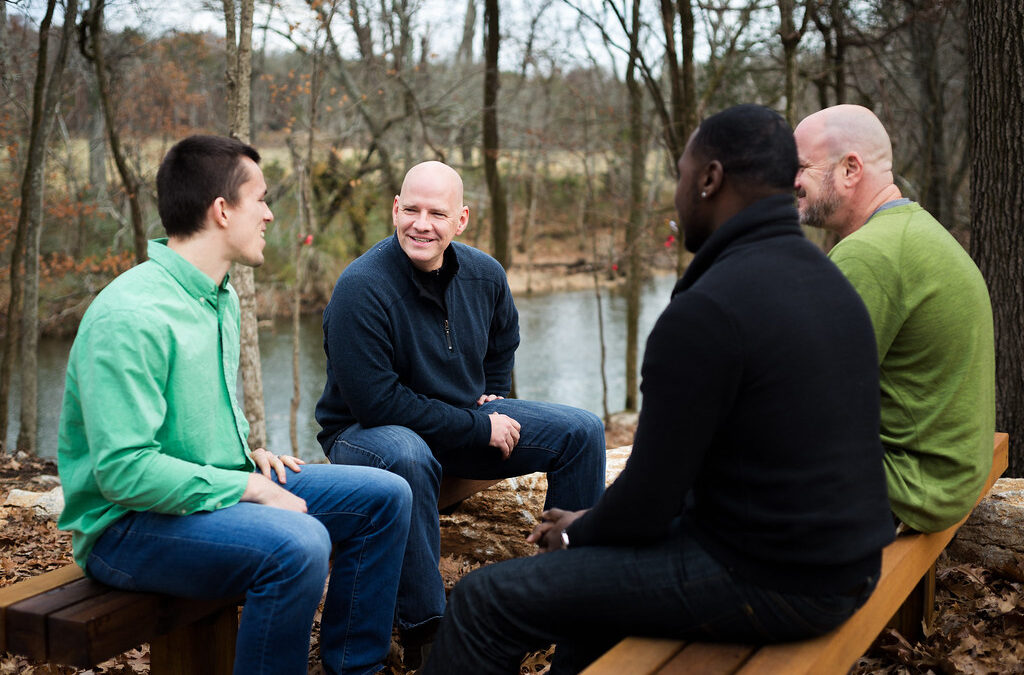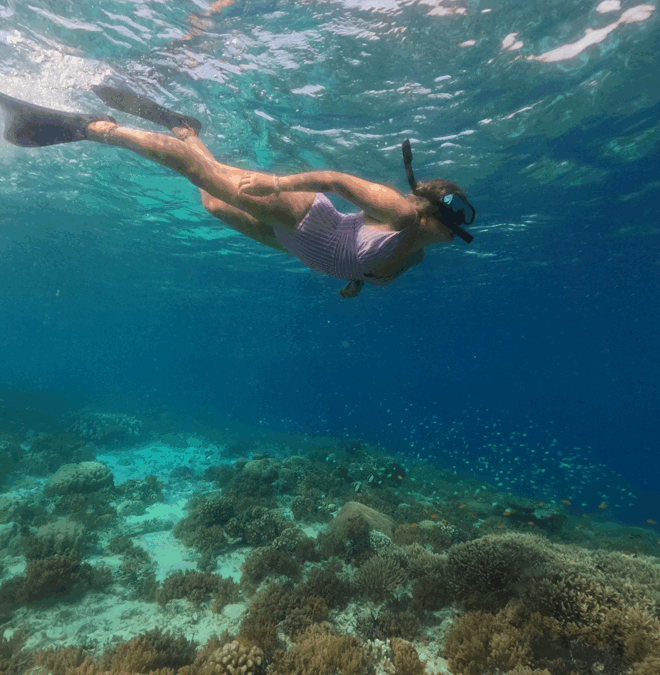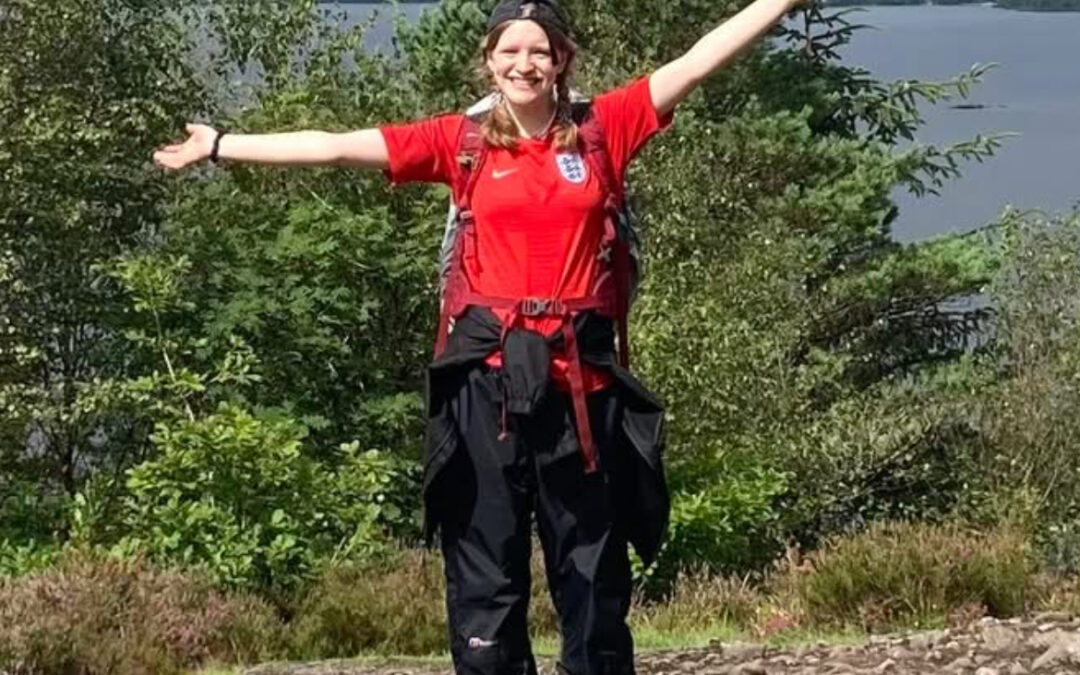A simple like, follow or share of an animal post may be a mindless and monotonous gesture for you, instantly forgotten with a swipe of a finger and replaced by a how-to-make slime video. But, your quick interaction could save endangered animals’ lives and species.
Every day we see more and more negative news; global warming is getting worse, more habitats are being destroyed, and animals are being hunted to extinction. It’s easy to fall into a pit of despair, doom-scrolling through social media till you want to cry.
However, zoos and animal conservation organisations are using social media in a very different way, and posting cute, funny or casual interactions with animals to garner attention and raise awareness for the issues they are facing.
It began with animal ‘celebrities’ going viral on social media.
Moo Deng, the Pygmy Hippo and Pesto the Penguin received millions of views, likes, and comments across TikTok, Instagram, and X, and people have fallen in love with their quirky personalities and looks.
But it’s not just a cult-like following these animals have created; it’s also increased interest in the species.
The impact of animal celebrities
London Zoo representative Alex Kemsley tells Optimist: “Global online interest in pygmy hippo Moo Deng has helped us raise awareness for this endangered species and London Zoo’s work to boost its population.
“When animals such as Moo Deng go viral, it’s important for charities and organisations to jump on the bandwagon. Utilising trends is the best way for more people to learn about conservation and what they can do to help.
“It also helps people visualise these animals. It’s very easy to hear about these endangered species and disassociate from them.
“But when you hear about it, and then link it to the animal, for example, Moo Deng, and how cute, funny or real they are, it’s harder to ignore and people are more likely to take action to help them.”
For more animal stories, read here.
Pygmy Hippos are under serious threat of extinction, only around 2,500 remain in the wild according to the Zoological Society of London (ZSL), with habitat loss due to human activities being one of the most significant threats to their survival.
Kemsley tells Optimist: “We saw a marked interest in stories about pygmy hippos on our digital platforms following the Moo Deng craze, something we took advantage of by pushing our pygmy hippos on social media.”
Yorkshire Wildlife Park also recognised the importance of these animal ‘celebrities’ and endeavoured to use the same tactic in their social media strategy.
“Interest in certain species means a higher chance that people will donate to them.
“We make sure that an equal spread of our animals appears on social media, so there is something for everyone,” Mark Thomas, PR representative for Yorkshire Wildlife Park, tells Optimist.
“It also provides people with a more unique insight into the animals.
“Videos captured can show the essence of their personality and habits better than visiting the park, where there is only a small chance you could witness these rare moments.”
“So when these animals go viral on a social media platform, it helps the park in more ways than people realise.
“As well as getting more traffic to our sites and encouraging people to visit us, going viral also helps attract potential donors for the park, and aids our communication with them.”
What danger are these animals actually in?
According to the IUCN Red List, which is a critical indicator of the health of the world’s biodiversity, 46,300 species are at risk of extinction in the midst of the world’s sixth great extinction, the first to be caused by humanity.
However, a new study recently published in BioScience states that social media can support species monitoring and significantly contribute to conservation assessments in other countries.
Thomas shares with Optimist: “Certain types of animals will naturally be more appealing to viewers. Our polar bears are always popular as we have the largest number in the UK, and our baby cheetahs are gaining much attention.
“It’s important to note this and figure out how best to use this for the benefit of the park, as well as promoting our other animals.”
For more famous animals, read this story!
And it’s not just zoos that are seeing the impact of social media on their conservation efforts, organisations like World Land Trust have also noticed the tidal wave of change social media can bring to help animals.
“Our main mission on social media is brand awareness. It can get us out in front of so many different groups of people, especially young people,” Marketing Manager for World Land Trust, Bex Morley, tells Optimist.
“It starts a conversation with people who might not have even considered conservation.”
The World Land Trust works with 52 partners to buy land worldwide to protect endangered species’ habitat.
Morley informs Optimist: “Our ethos is to help people across the world protect the land that they live on. We save the land to, in turn, save the species that live on it and the biodiversity there.
“It’s very easy to get trapped in the doom and gloom. That’s why we make our social media a positive place, focusing on everyone’s achievements, not just our own.
“At the end of the day, what’s important is that we are all doing our part to save these beautiful animals that we rely so heavily on, as well as the biodiversity in the world, for our survival.
“Because for us to survive, we need to protect the planet.”
The influence of social media
Social media has many positive impacts on conservation efforts when bringing attention to their work and raising awareness.
However, it has also been recognised that social media has the power to influence these organisations and charities when making campaigns and appeals for these animals.
Morley explains to Optimist: “Things move so quickly online, you have to be proactive to jump on trends and create a campaign.
“If another animal celebrity arises we would definitely look to create or push a campaign on the species.
“Our current appeal is the Ecuadorian Amazon, with one of the animals being the endangered river dolphin.
“We have so much great content of them and will definitely be featuring them on our socials as we work to protect them. Social media has become one of our biggest tools to save them.”
‘Evaluating the benefits and risks of social media for wildlife conservation’, an academic analysis of the impacts of social media on animal conservation, published by Facets, summarises that the benefits of using social media can include: increased conservation funding, changes in human behaviour in a positive manner, and new legislation.
The piece includes case studies of the Indo-Pacific lionfish that support the positive impact of social media.
But it also provides a contrasting analysis of the Asian otters being negatively impacted due to social media for a balanced argument.
Many changes need to be made to stop humanity from destroying the planet, but it’s also essential to recognise the work people are doing to try and reverse these statistics.
WWF has worked over the past five decades to help bring several animals back from the brink of extinction, such as the giant panda.
WWF UK gave this statement to Optimist: “Whilst it’s vital that the worrying threats that our planet faces aren’t sugar-coated, too much negativity can make the situation feel hopeless and discourage people from trying to change.
“It’s important to remember we have seen many positive changes with animal conservation throughout the years. Whilst some people still care, there is always hope.”
Social media can be a force for good regarding animal conservation, but some dangers come with it and the ethical viewing of animals online.
Although many are from reputable sources that treat them with respect and dignity, it can sometimes be difficult to discern actual charities from people exploiting animals for their own profit.
How to ethically consume animal content
“There are a few questions you can ask yourself when viewing an animal video online. Who is posting the video, what is it showing, has it come from a reputable source and are they asking you for anything?” Morley tells Optimist.
“When interacting with videos featuring animals, make sure they are being posted by verified zoo accounts or animal conservation pages, ones dedicated to protecting and providing the best life for these animals.”
Thomas tells Optimist: “It’s really up to consumers of this content to do their due diligence and research these sources.
“A quick Google search will show reputable organisations and whether the content they post is in the animal’s best interests at heart.”
There is still a long way to go to protect the animals and the habitats they live in, the media paints a depressing picture for their future.
However, the work these organisations and charities do to save our planet is making a monumental difference, and we can help this change by a simple like, follow or share on social media.
This is the power of social media; this is the power we have to make a change.
For more stories about breakthroughs in science and moments of awe in nature, visit the science & nature section.



